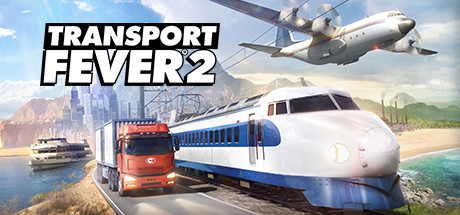
Introduction
Transport Fever 2 is a tycoon game whose base objective is to make a lot of money transporting goods throughout the map. However, it provides players with the tools to also build very nice looking and sprawling cities as well!
If you are a city builder and looking for alternatives to the existing games – i.e. Cities Skylines, SimnCity 4, etc – then I highly recommend Transport Fever 2.
There are many reasons why this game excels at city building:
– Great graphics, better than in any existing city builder game.
– Great transit management tools.
– Very simple and straightforward building tools.
– No ingame limits such as segment/node/vehicle/building limits, etc.
– Ability to change numbers of RCI numbers – residents/commercial shops/industry jobs – per building – more into that later.
Disadvantages:
Of course there are problems in using Transport Fever 2 as a city builder:
– No city management infrastructure or activity, like fire/police/ambulances/etc. It is possible to add some activity through mods, but if you are into the minutiae and management of city life, then this game is probably not for you.
– Fewer mods than competitors, especially non-transport related.
If you are looking to build sprawling cities, with a focus on traffic management, and do not care about managing anything else, then this is the perfect game for you!
Building
Obviously to build your metropolitan region, you either need to plop new towns – more adequately referred to as neighborhoods or districts in this guide – and/or plop buildings.
Plopping new towns is by far the easiest and quickest way to expand your city. The vanilla game allows you to plop new towns if you enable sandbox on the mod management tool. Do not forget to set “Sandbox Mode” before loading your city to enable this tool.
You can either plop the new cities brand-new, or build your road and rail network first, and plop the new neighborhoods after. The former is a quicker process, but all roads are only the default small and medium single lane roads.
One thing to note is that when using this mod over existing roads, is that it will try to fill all sides of each road block. This is very good if your intention is building neighborhoods packed with 1×1 buildings, just need to properly estimate block length to do that.
Unlike SC4 or Cities Skylines, there is no grid layout to help you build roads, and minimum RCI building size – 1×1 – is still much larger than the absolute minimum building block. This is very good as cities are less “blocky”. And building gridded cities is easy enough by eye.
The main problem with the plop-a-town tool is the lack of control over density. Since newly plopped cities in Transport Fever 2 are created with a dense core – around the area clicked on the map to plop the town – and lower-rise buildings around it.
This is not an issue when plopping small or tiny towns as no high-rises are built, so this method works great to quickly build low-rise cities. However, if the desired effect is a Mannhattan-style sprawl, then even with large cities plopped together you will have multiple dense cores surrounded by lower-rise buildings. So this method of zoning has some issues when trying to build a concrete jungle city, especially if you desire an uniform height. To get around this, you can either demolish roads with undesired low-rise buildings and plop again, or just use assets of corresponding height.
The alternative is plopping each building manually. This is tedious and better suited to building select detailed neighborhoods, i.e. “schools” and large industrial or commercial parks; or filling in empty spaces. This will also be required if using one of the many assets available ingame to add variety to your cities.
To quickly fill in gaps between town/neighborhoods without the need to adding more towns or plopping assets, I suggest the following mod:
https://steamcommunity.com/sharedfiles/filedetails/?id=2141936008
Just select the mod, and click away on the desired empty area to be filled. Each click will plop exactly one random building, so no overbuilding will occur.
Just a reminder that cities develop with time, and so will continually add redevelop existing buildings and add new roads in. Sometimes in places where you do not want them. To avoid this, you “lock” streets to prevent development alongside them, as per the following image:
You can also use the following mod to disable development across the entire map:
https://steamcommunity.com/sharedfiles/filedetails/?id=2044636379
Zoning
Unfortunately, Transport Fever has no direct control over zoning. The vanilla town plopper builds all three RCI buildings when plopping a town down. However, this is largely addressed through the use of the following mod:
https://steamcommunity.com/sharedfiles/filedetails/?id=2308330610
This wonderful mod works just like the vanilla plop-a-town tool, but also allows you to plop cities but also allows you to fine tune all the RCI parameters.
So if you want an all-industrial neighborhood, for example, just reduce residential and commercial to 0. And vice-versa.
If using the Instant Town Developer described above, only buildings of the existing RCI will be built – i.e. on a pure residential neighborhood, the town developer will only add residential buildings.
Lastly, you can also consider the magnet tool mod, that allows you to add RCI to any specific target. This is especially great for empty buildings that do not provide any RCI at all.
https://steamcommunity.com/sharedfiles/filedetails/?id=1950809155
Assets
While the plop-a-town tool is great to quickly build your sprawling city, to add variety and detail to the metropolis, you should consider add building assets. Of course, the game focuses on public transport, and the mod variety reflects that. However, new asset mods are steadly released to the workshop.
An easy to use and recommended asset pack mod for beginners is the following:
https://steamcommunity.com/sharedfiles/filedetails/?id=1935763766
This mod adds a variety of “empty” and collision-free buildings, as well as some transport-related assets as well, and is one of the best to quickly do this.
Other assets to be considered are park, fence, industrial, parking, and natural assets. Too many to individually name them here, but the search tool in the Workshop is your friend. 🙂
Performance
Unlike Cities Skylines, there are no ingame limits like a limit on your road or rail network size, agent and vehicle, or building and prop limits. The advantage of this is that you do not need to worry about the building sprawling cities only to hit that dreaded limit. The disadvantage is, of course, that there is a soft limit, and that is computer performance.
Each person/agent in Transport Fever 2 is simulated. It resides on a residence, and goes to a job on an industry, and to a shop on a business. The bigger the availability of options to the residents and the number of residents themselves, the more strain on your CPU the game will put to perform the required calculations.
Because residents can simply use cars to get to their destination, even without any public transport your computer will have issues if it has enough residents, available target destination options, and a large enough road network size. How much will depend on the specs of your computer.
If your intention is to strictly build very large sprawling cities then the use of the following mod is highly highly recommended:
https://steamcommunity.com/sharedfiles/filedetails/?id=2036235984
This mod allows you to modify the maximum number of residents/shops/jobs per building. The mod can be found in your workshop folder, folder 2036235984. Open the Settings.lua file. There you will see:
CapacityFactor = 2. You definitely do not want that. The game default is 1. The mod multiplies the cap that each building has by that parameter. So a capacity factor of 2 multiplies the cap for all buildings by 2. Not good for building large sprawling metropolises. Change to a value under 1. 0.5 will halve the cap compared to the ingame default, 0.25 will decrease it by 3/4s, and 0 will make every building ingame to have a maximum of 1 RCI.
If you do not have experience modifying lua files please make a backup of the file itself or the workshop folder before proceeding.
Note that this only applies to buildings built by the AI after the mod has been activated. Buildings on existing towns will keep the old value until they are replaced by newer buildings. It does not affect workshop building assets that are ploppable on the assets menu. Many of them have very high values, 10-50. Be careful when using these, read the description of these mods and use them moderately, if at all.
To avoid going overboard, I suggest using the following mod:
https://steamcommunity.com/sharedfiles/filedetails/?id=2454731512
Where you can keep track of your road network size as well as the number of people. I suggest keeping the number of maximum residents at 15k-40k, and the road network at 1k-1.5k kilometers, for optimum performance. This is not set on stone and will depend on your computer specs; larger road sizes are possible with fewer residents and vice-versa.
While the vanilla game has problems primarily with CPU, another concern is RAM, especially if you are intent on using lots of mods. Unlike Cities Skylines, vehicle and building models are very high quality, but also are very large on size. Lots of mods will add to RAM usage. I suggest not going over 500, especially for very large cities.
Conclusion
To sum it up, Transport Fever 2 has enough tools and mods to enable it to be a very solid city builder, with a solid focus on urban transportation features.
I recommend looking at the game Screenshots and Artwork and see for yourself what the game is capable of.
Have fun building!
I hope you enjoy the Guide we share about Transport Fever 2 – How to Build City Using Transport Guide; if you think we forget to add or we should add more information, please let us know via commenting below! See you soon!
- All Transport Fever 2 Posts List


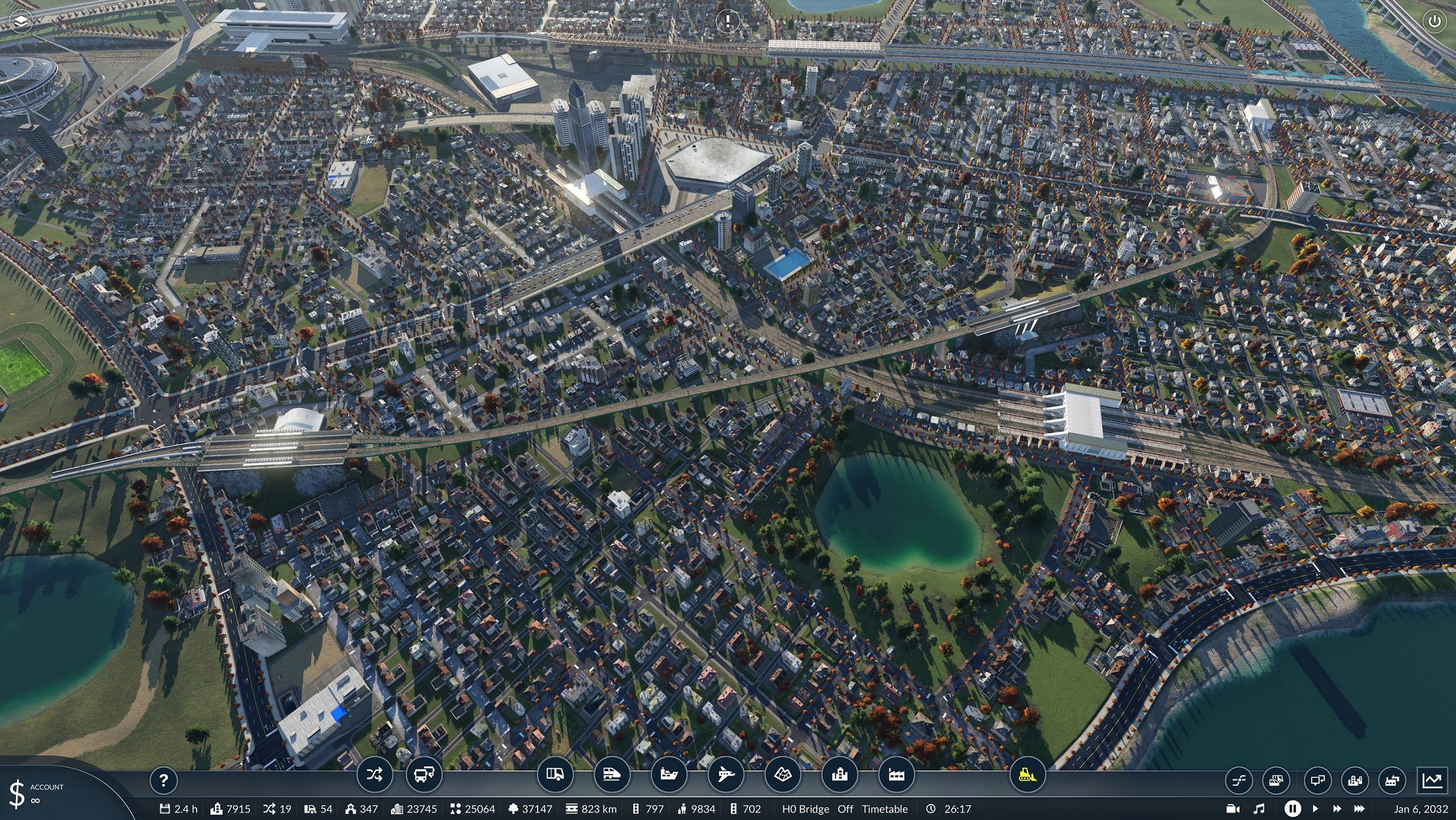
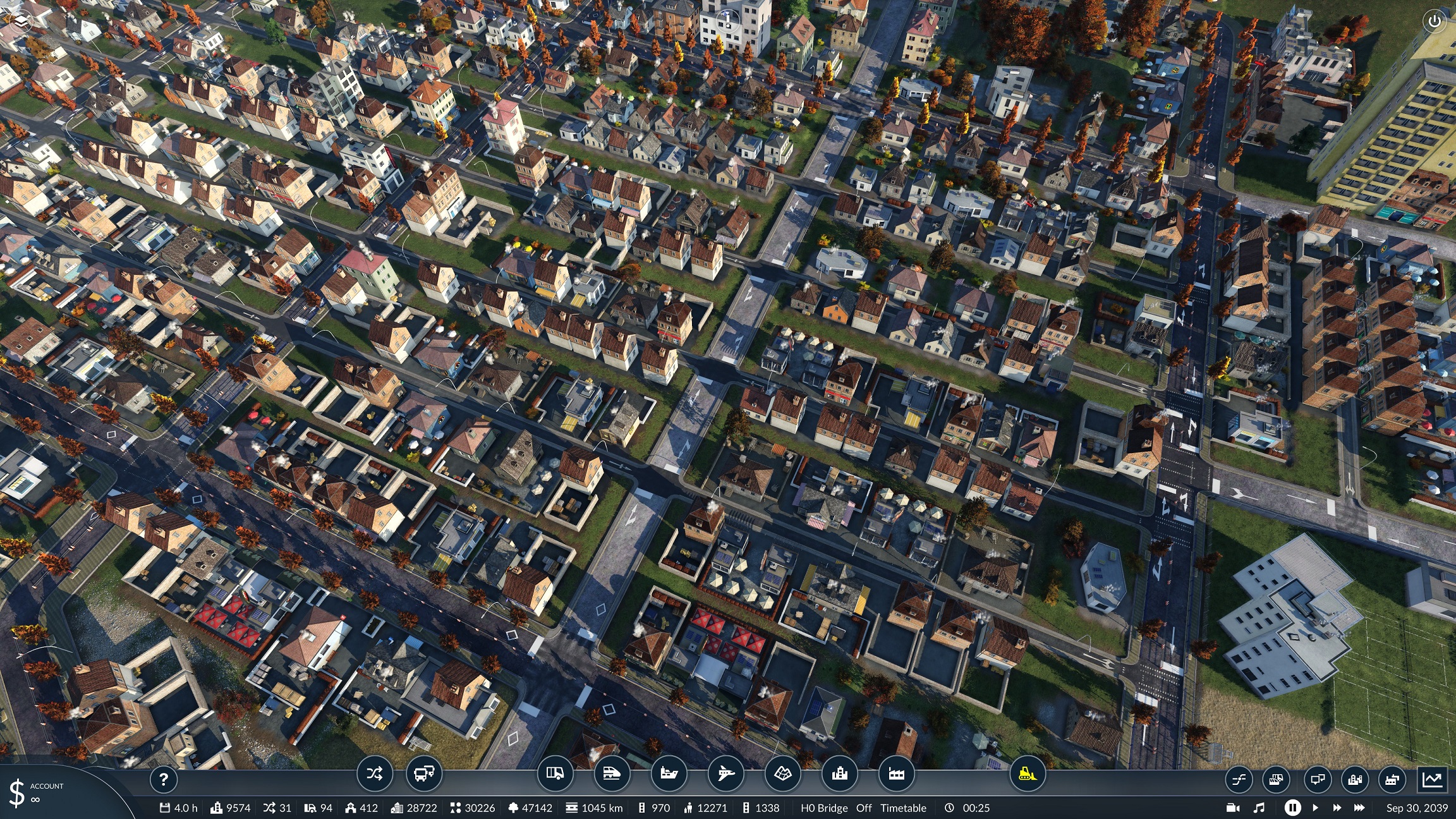
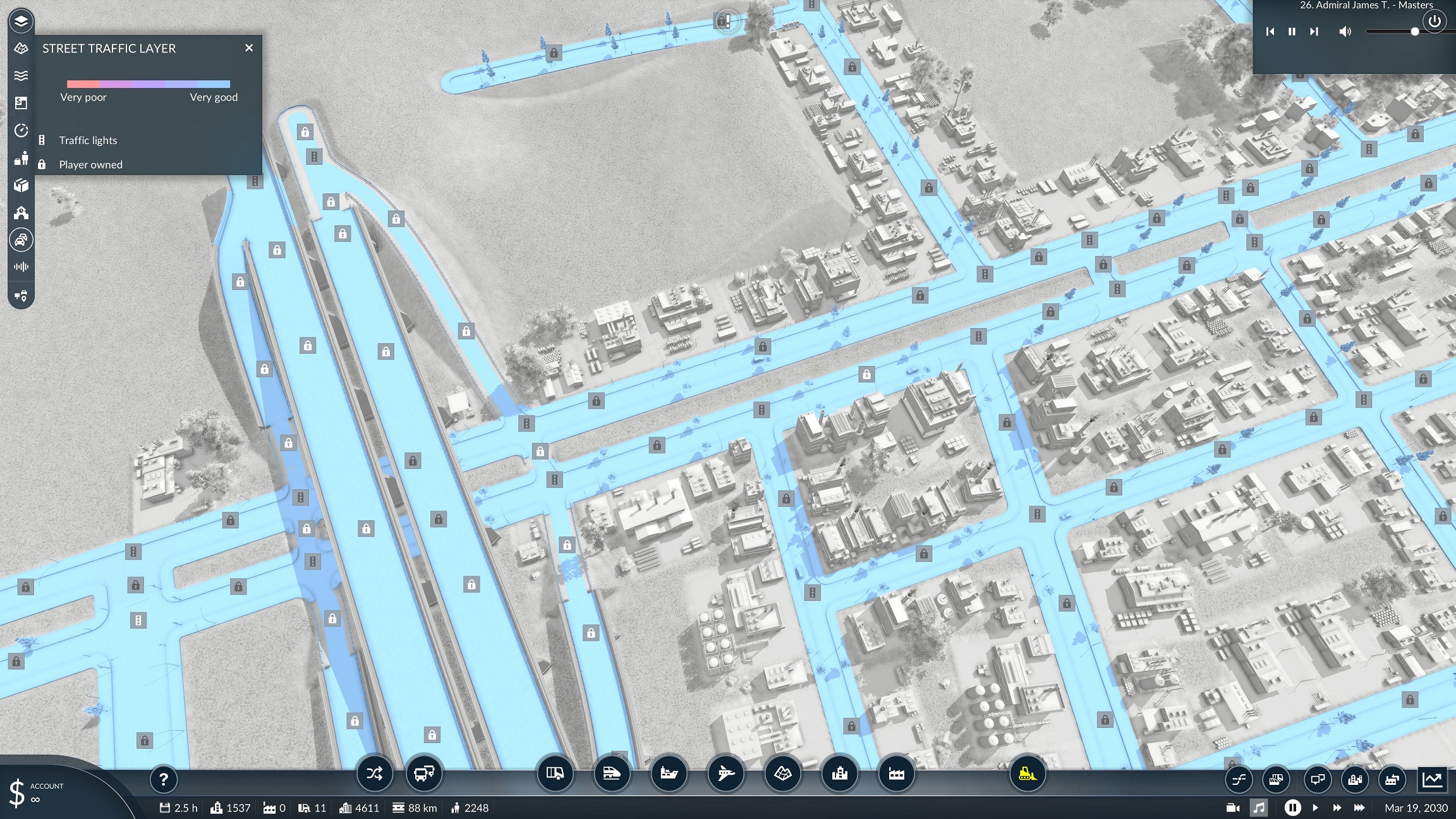
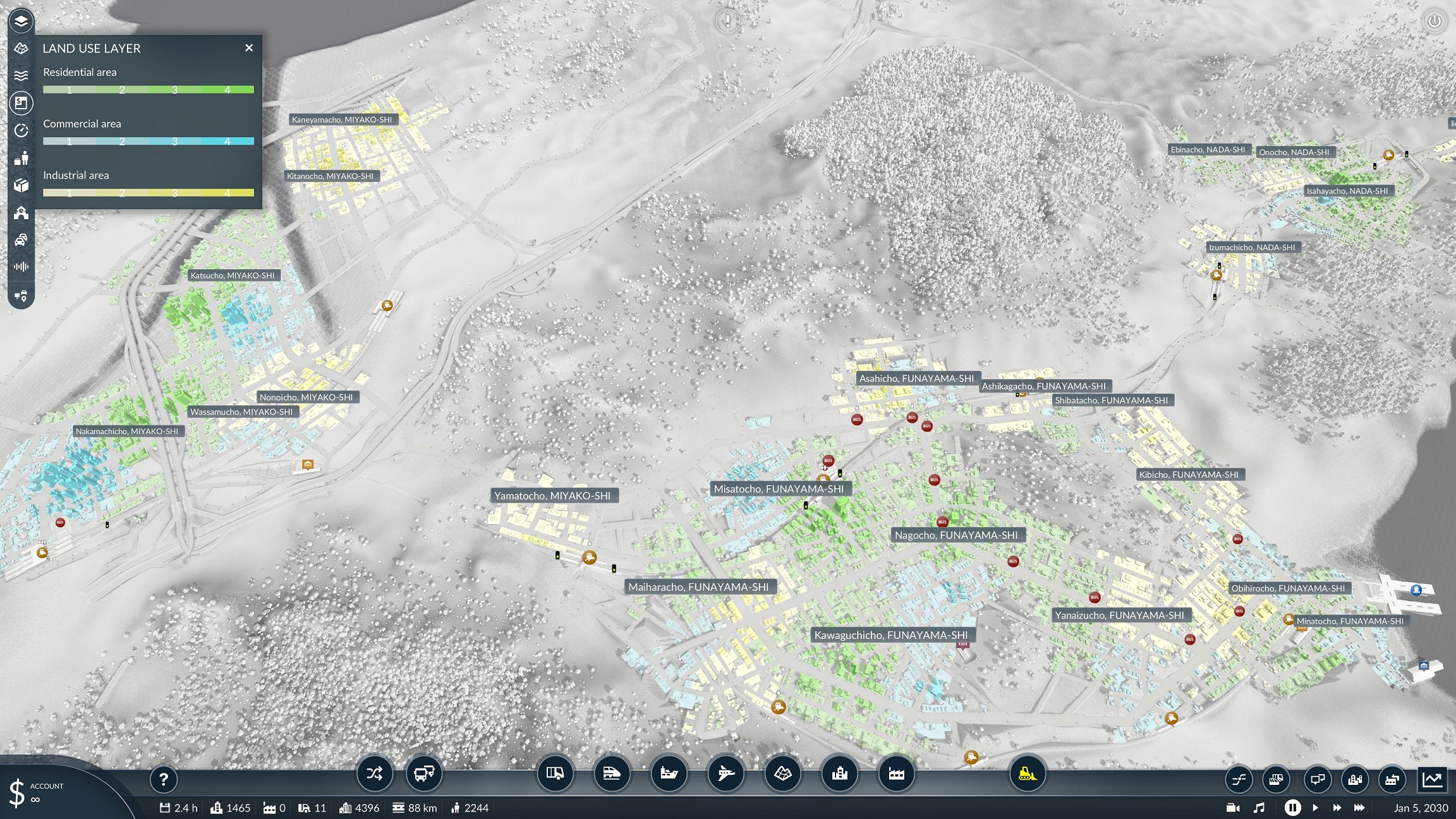
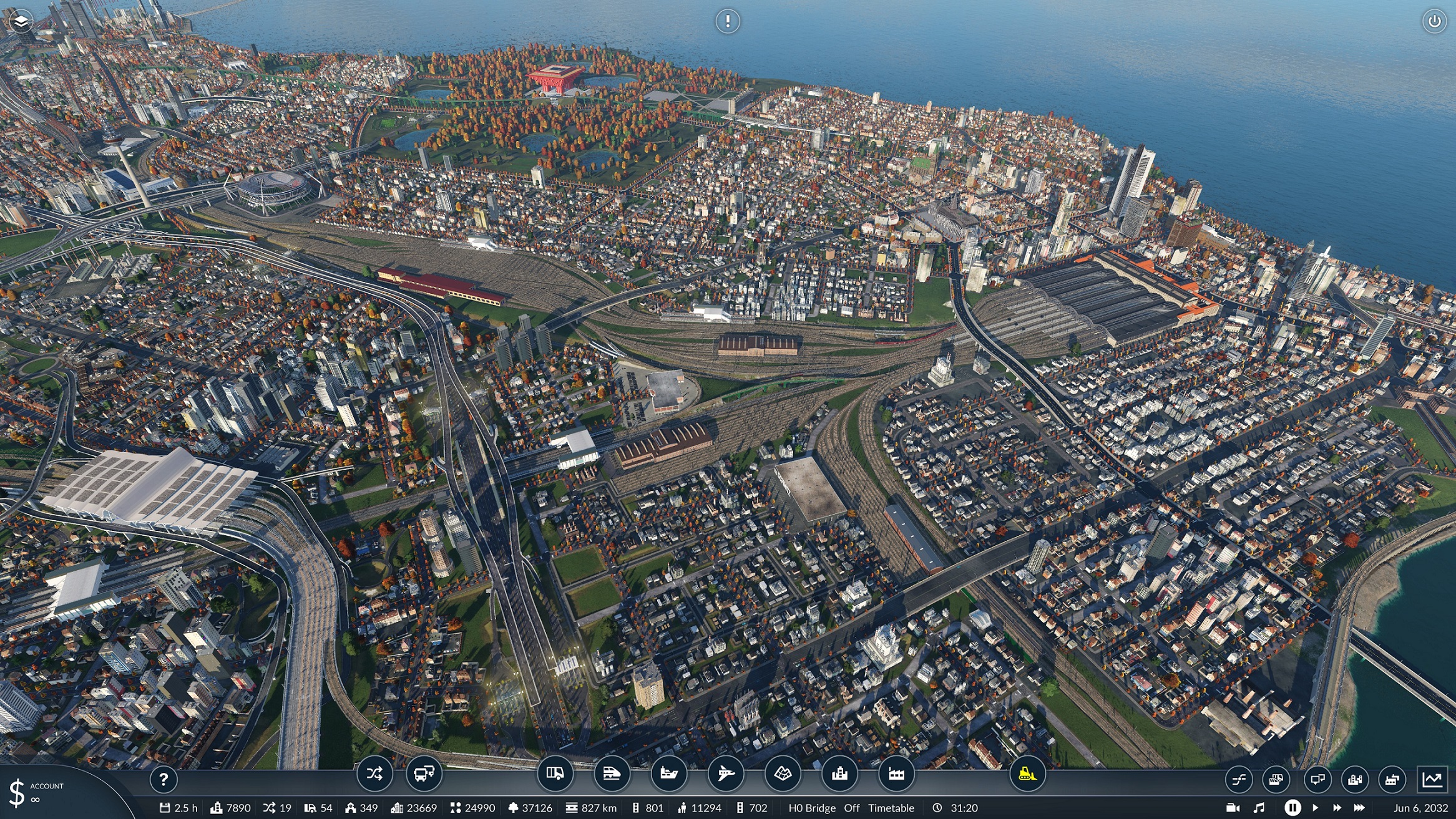
Leave a Reply